In the past, Sassafras root had been used as the colorant and flavoring in Root Beer. This isn’t the root beer that is based on the sugary syrup carbonated beverage we have become accustomed to in America. This was the real, genuine “root beer”. But what was it? It was actually sassafras tea. Cleaned roots, with hot water poured over them and allowed to steep. What genuine frontiersman wanted to be known for drinking tea while en route to new explorations of a big land? No – these explorers had to change the name to something a bit more rugged for the frontier. How about calling it beer? Yep. Root Beer was actually sassafras tea.
Note – After the original writing of this article – our friend Tim Hall wrote to let us know that:
“… the term “beer” might not be entirely incorrect. It was very common “back in the day” to make what was called “small beer.” This was often made with roots, sarsaparilla, wintergreen, spruce, maple, etc. It was basically a very low alcohol beer, brewed so it was often safer to drink than water and would keep for a while.
“Root(s) beer” was most likely a small beer, probably less than 1 or 2% alcohol.”
When we moved to our little utopia, otherwise known as Harmony Hollow, we noticed an abundance of sassafras saplings and three good sized ‘mother’ trees. Score!
Fall is the best time to harvest Sassafras. When its leaves begin to turn beautiful red, you know the energy of the plant is returning to its roots in preparation for the winter’s sleep. Harvesting on a waning, or ideally new moon further accentuates this. Just as the moon pulls the tides of the ocean, it also pulls the sap of plants to the light of the sun when full and to their roots in the darkness of the earth when new. We chose a drizzly Sunday afternoon, two days before the new moon for our long awaited harvest.
HISTORY
Sassafras has long been touted for its healing properties. Most commonly, it was used to treat the common cold, flu and bronchitis. Upon research I discovered it was considered an antiseptic and pain killer and was considered an effective treatment for a multitude of aliments such as urinary tract disorders, kidney problems, rheumatism and arthritis, painful menstruation and recovery from childbirth, high blood pressure, tooth ache relief, bruises, swelling, insect bites and lice. Additionally, it was added to soaps, perfumery and toothpaste and the twigs were even used as toothbrushes!
With the advancement of modern medicine, the primary active constituent in sassafras – safrole – was found to be toxic and ‘not safe for human consumption’. Despite its long history of miraculous healing powers which date back to Native American practices, sassafras has been reduced to an artificially concocted flavoring added to our carbonated infused corn syrup elixir, Root Beer, and ‘the little tree that could’ is now considered a cancer causing nuisance.
DESCRIPTION
The plant has three distinct shapes of leaves. One of the leaves is often referred to as looking like a mitten. The second is elliptical in shape, with “almost pointed” ends – like a thin football, and the third type of leaf is a fully symmetrical leaf – like the thumb-side of the mitten.
All three are shown in the picture below.
HARVEST
When scouting, it is easiest to look for a large ‘mother’ tree. While sassafras does propagate from seed, it reproduces more prolifically from rhizomes, so typically you will find an abundance of saplings under the larger trees just as we did.
Second year saplings are the best to harvest. They will typically be 18″ – 2′ in height and be no bigger around that a No. 2 pencil. We found a sharpshooter shovel works best for getting under the roots. Before you start digging, you want to remove the top soil and leaf matter away to expose the direction of the root as best as you can. The root, several inches under the surface of the soil, makes a sharp 90 degree turn and has a feeder root growing in the opposite direction.
This series of saplings was carefully unearthed to reveal that they were in fact one tree root system that was growing into individual trees.
A nice harvest for the year, we are ready to clean our roots up a bit! Don’t forget the leaves can be placed in a paper sack to dry, then crushed and used in gumbo. No gumbo is complete without file powder!
Shake off as much dirt as possible and remove the above ground portion of our trees. You can smell a huge difference between the tree and root portion. When trying to determine where to cut and what to keep, the nose knows! Give your roots a good rinse.
The thin stringy portions of the root tends to also hold dirt and should be removed. We used a pair of utility scissors or diagonal cutters to remove them. For faster drying, the roots should be cut into lengths of approximately 4 to 5 inches long.
At this point your roots can be placed in an open, airy location to dry or can be used immediately for tea.
A few things that I would like to mention at this juncture:
One – I was originally taught to boil the roots once and discard the first round of tea, probably due to the aforementioned toxicity associated with the oil, safrole. However, by doing so you lose some of the flavor and likely most of the healing attributes the plant has to offer. If you lean to the side of caution and are just after a flavorful, natural and native tea then this is the best mode of practice. Personally I am of the opinion that in small portions, used as a medicine should be, the first boil is perfectly safe for consumption. Regardless, your roots can and should be used more than once.
Two – Before storing your roots in any form of sealed container make sure they are dry, dry, dry. I have enjoyed collecting and using old glass canning jars to store my herbs and thought nothing of putting my ‘dried’ sassafras in one. But I have to tell you, there is nothing more disheartening than returning to find your sassafras was not as dry as you thought and is now covered in mold. So sad, and such a waste! Paper sacks and colanders are your friends. When in doubt, leave them out and let them dry longer.
TEA TIME
Place the roots in a pan and cover with water. Bring to boil for approximately 15-20 minutes.
Sassafras tea can be bitter, especially on the first boil. A little honey will sweeten it up quite nicely…of course we never miss an opportunity to use honey from our apiary.
Cheers!

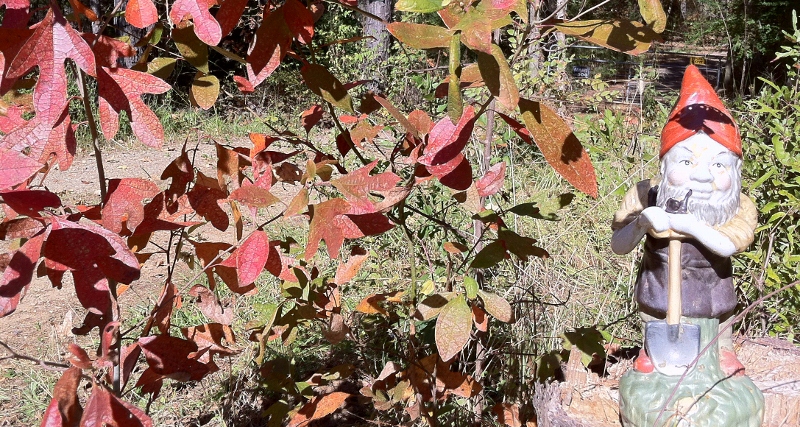
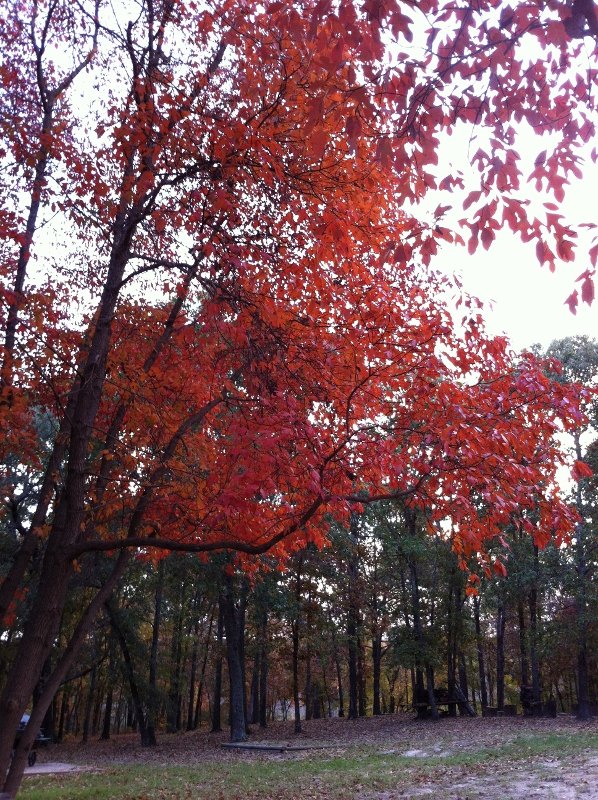
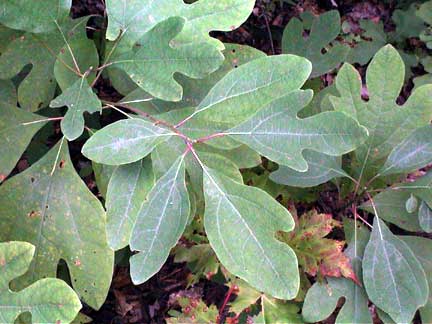
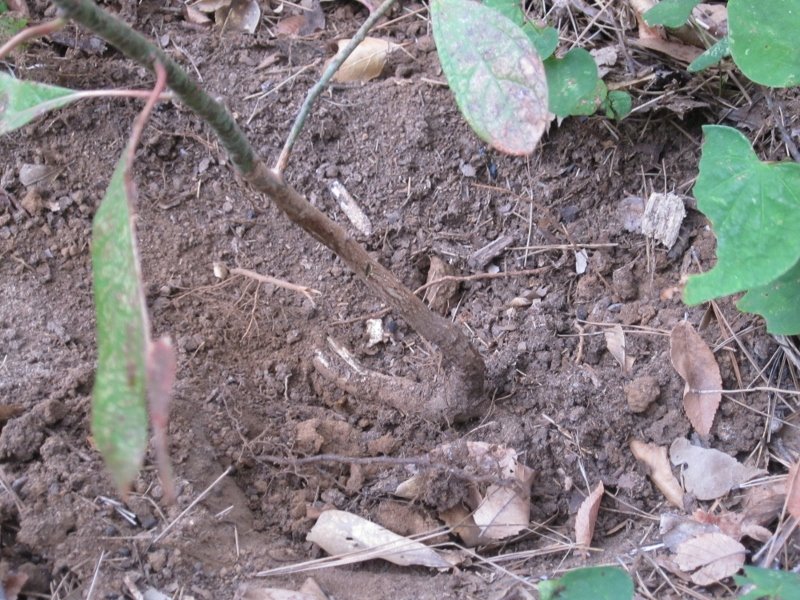
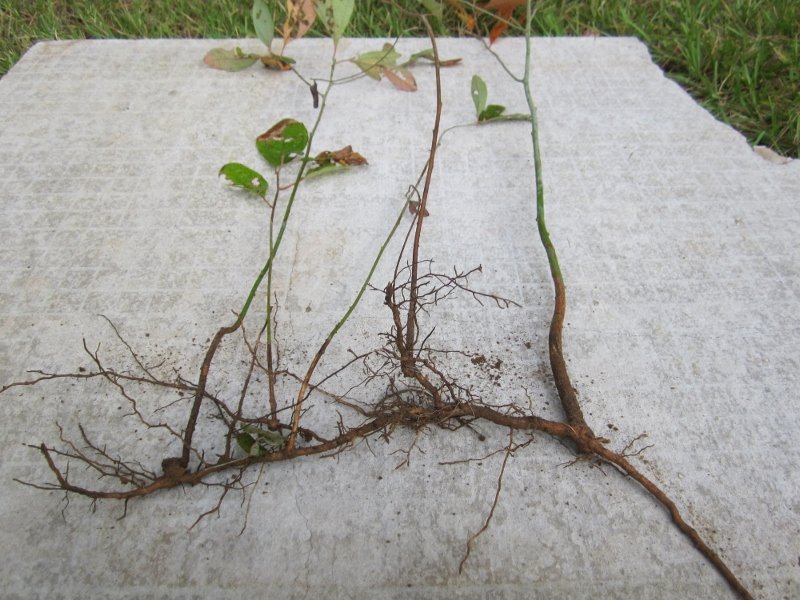
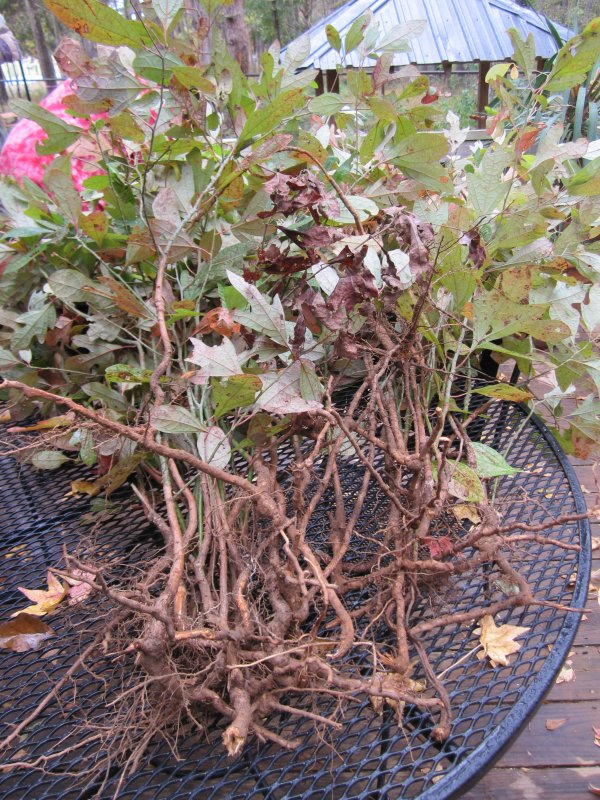
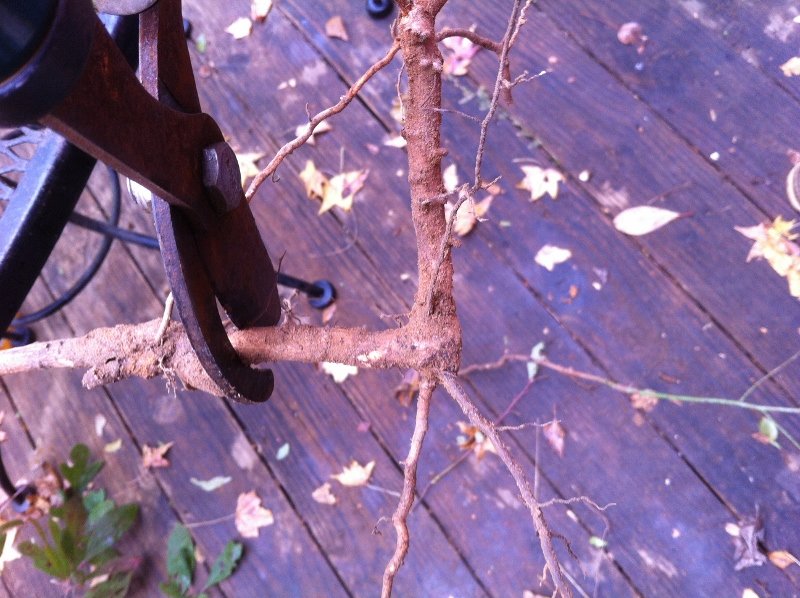
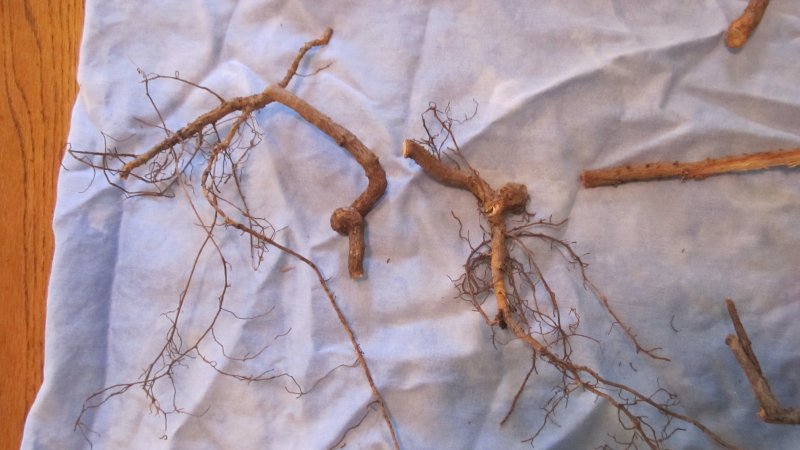
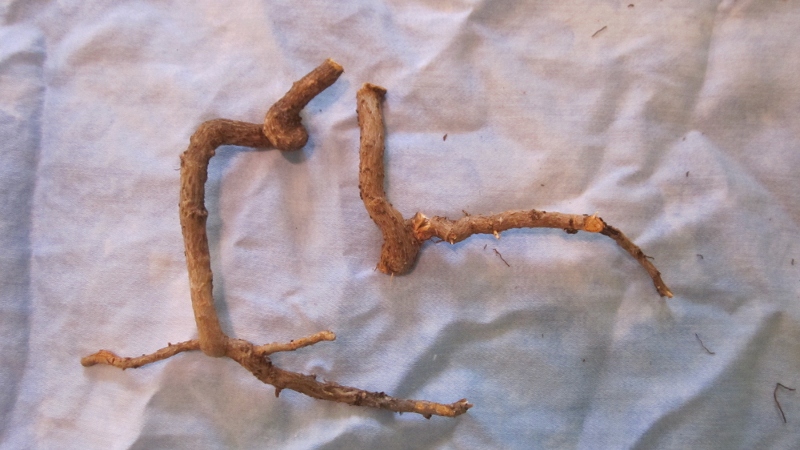
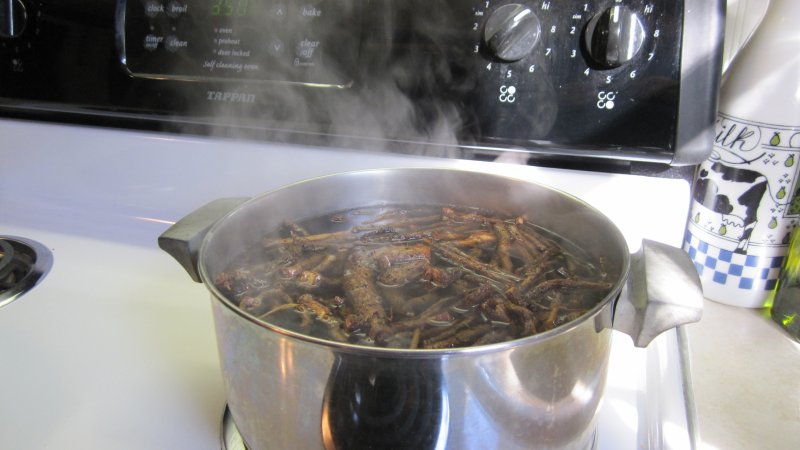
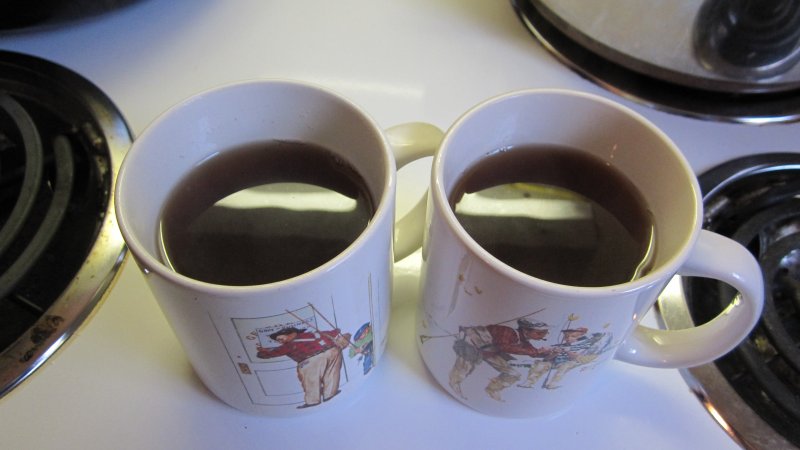
Leave a Reply
You must be logged in to post a comment.